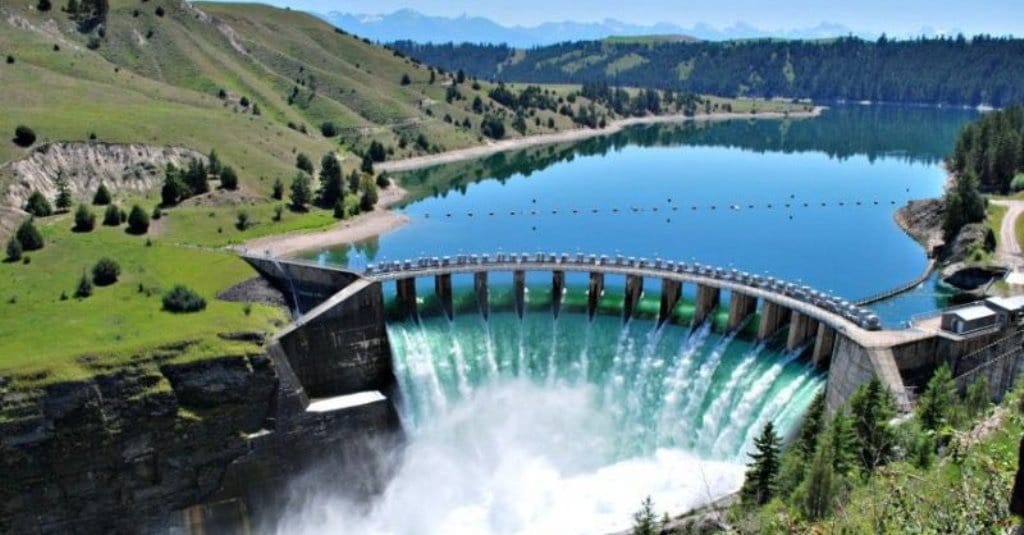Tanzania plan for building a Sh384 billion Kakono Hydropower Plant in Kagera River is underway, this is after the French development agency reached a contract jointly with the European Union. The project to build the Kakono Hydropower Plant was concluding the global gateway forum in Brussels Belgium. According to the agreement, the two firms, the EU and the AFDB agreed to fund about half of the total cost at a total cost of 296 million euros, 779.9 billion to the project. According to the European commissioner, Junta Urpilainen, this was the first investment between Tanzania and the EU that saw 1 billion euros raised. The project is expected to help Tanzania diversify its resources and embrace green energy in their grid.
The Tanzanian-EU relationship has been existent for a while and prioritizes areas and green deals, the human capital and employment, the European Union and the French development agency are expected to invest 36 million Euros for the construction of Kokono Hydropower Plant, this amount will be given in grant. The African development bank on their part will raise the additional amount to the investment. There has been increasing demand in the regions of northern Tanzania and the Lake Victoria region which the hydropower is expected to meet.
Also read: KenGen to Construct 1GW Kenya Wind Firm which is set to be the Largest in Africa
Kakono Hydropower Plant Capacity
On the green energy front, Kakono Hydropower Plant is expected is expected to reduce the emission of greenhouse gas by 213,810 tons per year, while adding 87.8MW to the national grid of Tanzania. The forum brought together representatives from the European Union and the entire globe, this alongside financial institution leaders, international organizations, the private sector and various civil societies around the world. The global gateway strategy brings together members of the European union and the European development finance institutions and aims at mobilizing over 300billions euros in all sectors between 2021 till 2027 to eradicate dependencies and close the investment gap between the private and public sector.

